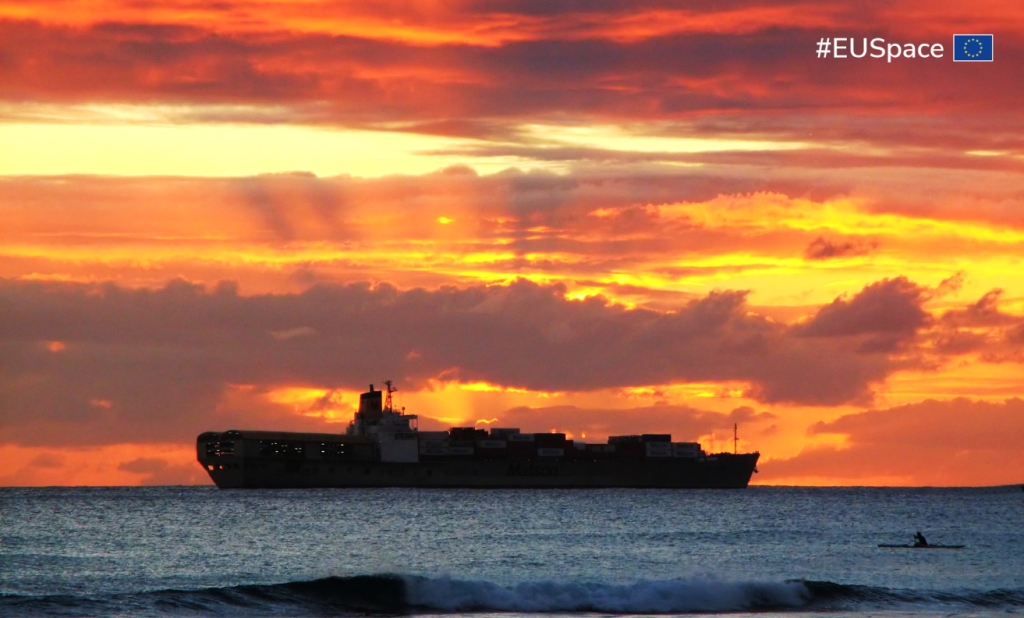Another step for maritime safe navigation using EGNOS

In the maritime domain, accurate and reliable navigation is key for many different applications. Several complex operations such as search and rescue missions, monitoring marine environment, route planning, collision avoidance and navigating narrow channels and harbours, where precision is paramount, rely on Global Navigation Satellite Systems (GNSS).
The usage of GNSS in the maritime sector is governed by a set of international standards, regulations, and guidelines, defined to ensure that the technology is used safely, reliably, and effectively. These standards are established and maintained by various maritime and standardization entities, such as the International Electrotechnical Commission (IEC). IEC 61108 series of standards comprises several parts, each covering receiver minimum performance for different GNSS (i.e. Galileo, GPS, Beidou, GLONASS, DGNSS, IRNSS, and SBAS) , ensuring their compliance with stringent criteria for use in navigational equipment aboard SOLAS ships of all sizes and classes. These standards address the needs of mariners for precision, reliability, and continuity of service, even under adverse conditions.
The recently published Part 7 of the IEC 61108 series is of special relevance. The target users for the EGNOS Safety of Life assisted service for Maritime Users (ESMAS) service, are single frequency L1 users that use a type-approved shipborne receiver developed according to the IEC standard. Available on the IEC website, it specifies the minimum performance standards, methods of testing and required test results for Satellite Based Augmentation System (SBAS) shipborne receiver equipment, using L1 signals from GPS and SBAS to improve the estimated GPS position and add SBAS integrity monitoring. It addresses the use of SBAS L1 to provide augmentation to the GPS shipborne receiver (IMO Resolution MSC.112(73)) and includes the minimum performances for SBAS L1 maritime receivers to be obtained by the receiver equipment under coverage of SBAS service to be compliant with the IMO Resolution A.1046(27) describing operational requirements for ocean waters, harbour entrances, harbour approaches and coastal waters.
The publication of this IEC 61108-7:2024 standard is a key achievement for maritime safe navigation that paves the way for the use of the ESMAS, in operation since March 2024.
Media note: This feature can be republished without charge provided the European Union Agency for the Space Programme (EUSPA) is acknowledged as the source at the top or the bottom of the story. You must request permission before you use any of the photographs on the site. If you republish, we would be grateful if you could link back to the EUSPA website (http://www.euspa.europa.eu).